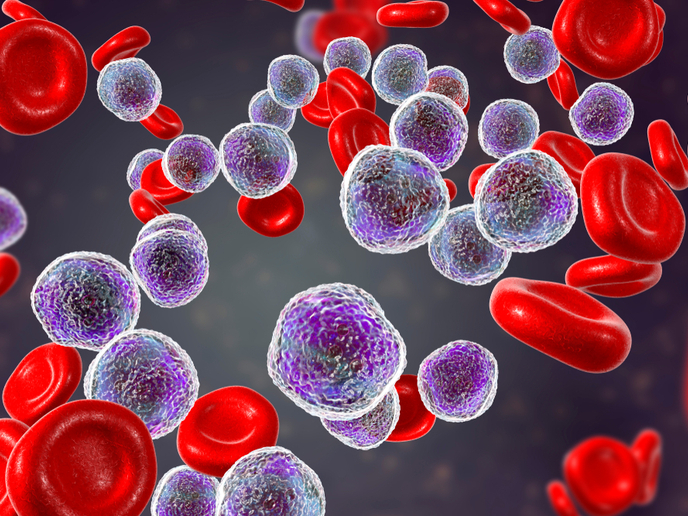Genomic heterogeneity of leukaemia: the cornerstone of targeted therapy
Acute lymphoblastic leukaemia (ALL) is the most common childhood cancer. It arises in haematopoietic stem cells, which turn into malignant white blood cells through the accumulation of genetic mutations. ALL cells are not genetically identical and 10 to 20 important genetic mutations are usually present at diagnosis. Understanding how the right combination of mutations transforms normal cells into rapidly growing leukaemia cells is an ongoing quest.
Mutations in ALL
The key objective of the scTALLmap project was to investigate intra tumour heterogeneity, that is, the presence of different ALL genetic clones at diagnosis. The research was undertaken with the support of the Marie Skłodowska-Curie Actions programme and employed single cell technologies that have the capacity to analyse the genome of over 8 thousand individual cells in a single experiment. “While all the cells of a leukaemia patient look the same under the microscope, we discovered that they are not all the same,” explains Jan Cools, Professor in Human Genetics at the Catholic University of Leuven (KU Leuven) and Flanders Institute for Biotechnology that hosted the scTALLmap project. Typically, 1-10 % of ALL cells contain different mutations to the rest of the cancer, demonstrating that the process of leukaemia development is not linear, and cells just accumulate more and more mutations. The process probably takes several months up to several years, and when the cells have acquired the right combination of mutations, they transform into a rapidly growing leukaemia that outcompetes the normal cells in the bone marrow, blood, and other haematopoietic organs.
Mutational analysis of ALL at the single-cell level
The scTALLmap team investigated the genome of single cells and discovered the presence of different mutations in the same gene. This indicates that several cells may acquire a mutation in that gene, independent from each other, underscoring the importance of that gene in leukaemia development. Moreover, cells often acquire multiple mutations in the same signalling pathway, indicating that one mutation is not sufficient to fully activate that pathway. This also emphasises the role of that pathway in leukaemia development. In particular, scTALLmap studied NOTCH1 signalling, which is essential for normal T-cell development and lineage commitment. Researchers discovered that patients typically have more than one NOTCH1 mutation, different cells can have a different NOTCH1 mutation, and these mutations are among the last mutations that the leukaemia cells accumulate.
Prospects of clonal ALL analysis
According to Cools, “the most significant achievement of the project was the detailed mapping of all the possible mutations in individual leukaemia cells.” This information can help determine leukaemia onset and identify the causative mutations. In addition, it provides a picture of leukaemia evolution and the timeline of mutation emergence. Understanding the heterogeneity of leukaemia is important to further improve the treatment options and develop targeted therapies. Chemotherapy kills all rapidly growing cells, causing a lot of side effects. In contrast, targeted therapy is toxic only for cancer cells bearing specific mutations and, therefore, is less toxic to normal cells. The downside is that if leukaemia is very heterogeneous, the targeted therapy will only tackle cells with a specific mutation leaving others unaffected. Therefore, a deep insight into the heterogeneity of leukaemia is important to make a good decision towards the use of targeted therapy.
Keywords
scTALLmap, mutation, ALL, heterogeneity, targeted therapy, NOTCH1, acute lymphoblastic leukaemia



